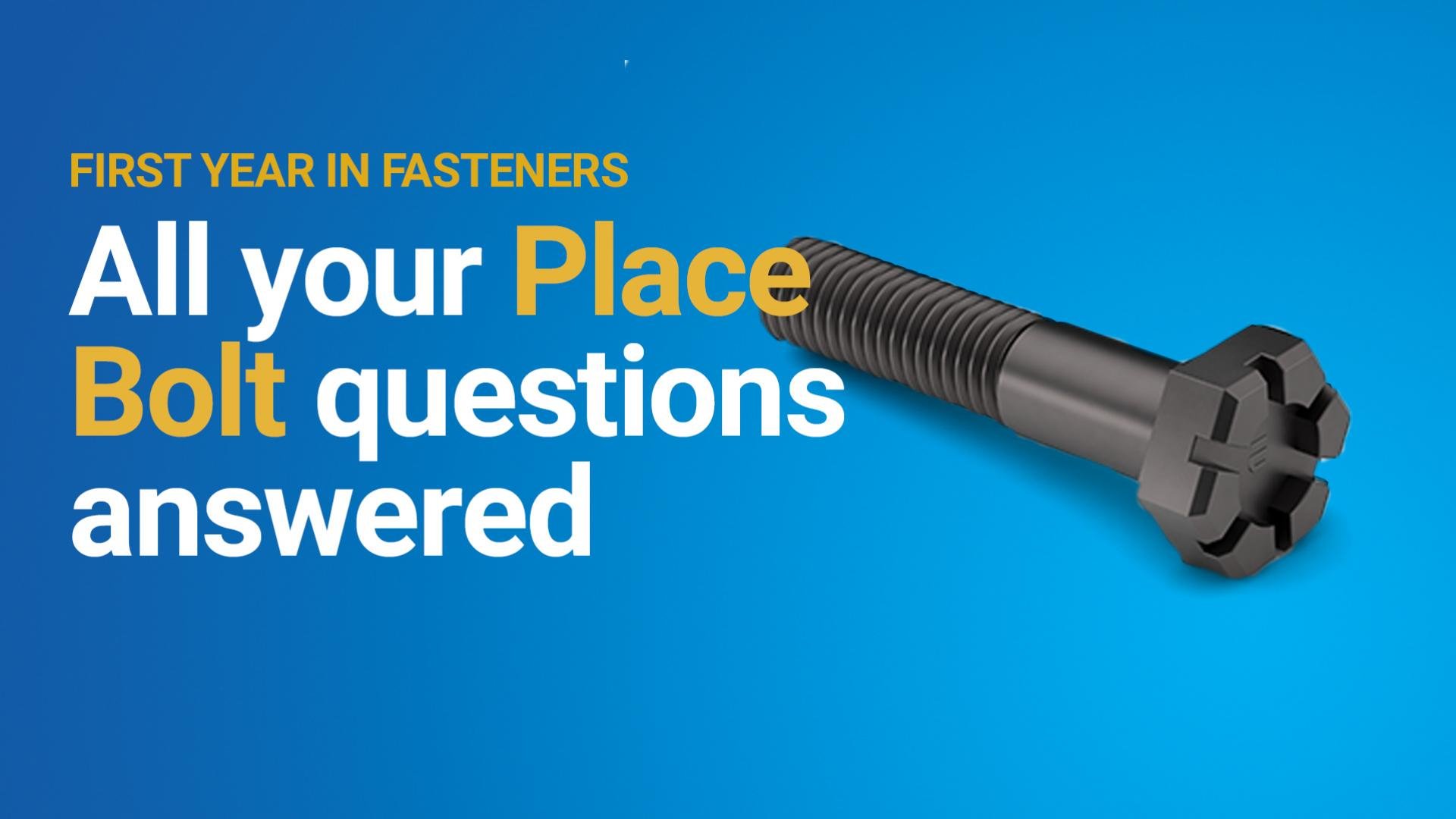
Locked and Loaded
One of the first questions I’ve been asking when learning about a product is “in what application is this part used?” If you’re also new to the industry, you’re probably in the same boat. If you’re already versed in all things fasteners, you can bypass this post and proceed to the spec sheet.
This week is all about Place Bolts. What is a Place Bolt and what makes it different than other bolts when it looks like a regular hex head screw? The head has a clamping action (or “locking action” hence which is why it could be called a Lock Bolt) between the head of the bolt and the material being clamped. That locking feature is also going to help keep the bolt from loosening in a high vibration application.

The reason this is cool is because if the head is locking, that means you don’t need a nut, which makes this bolt perfect for blind hole applications. Blind holes are holes that are drilled, bored, or cast to a specific depth, but do not break on through to the other side (hello Doors reference).
So, if you can’t see the other side of the hole, a Place Bolt is the perfect option because the head will lock the bolt in place, and because of this, you’ll see Place Bolts a lot in things like diesel engines.
Synonyms:
- Lock Bolt
- Blind Hole Lock Bolt
- Type AA Bolt
- Slotted Head Bolt
Applications:
- Automotive diesel engines
- Agriculture diesel engines
- Diesel boating engines
Are there other applications where you’ve used Place Bolts? Heard of another name for it not listed? We’d love to know! Put your comments below!
